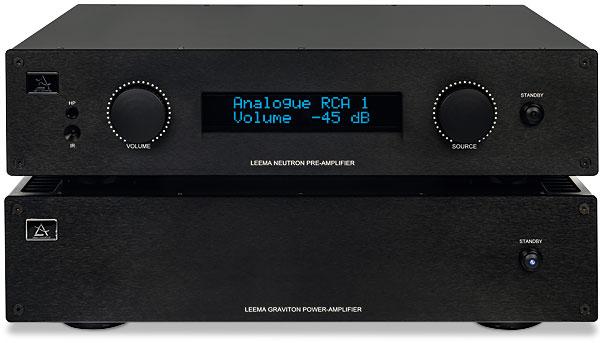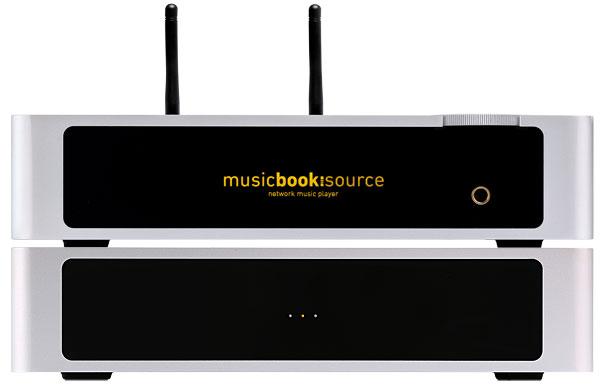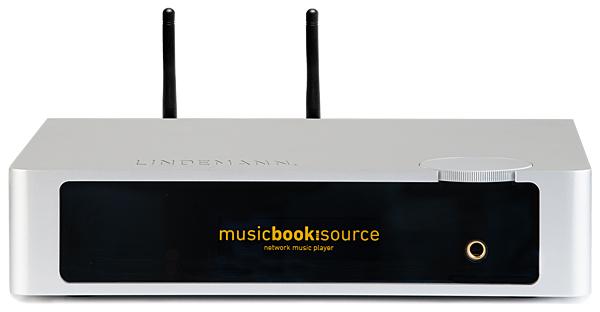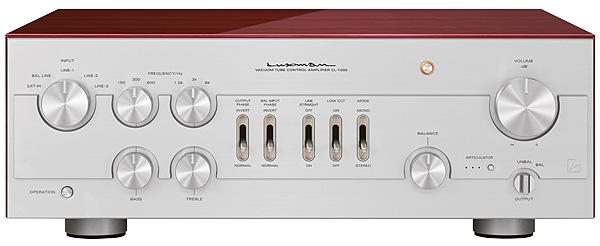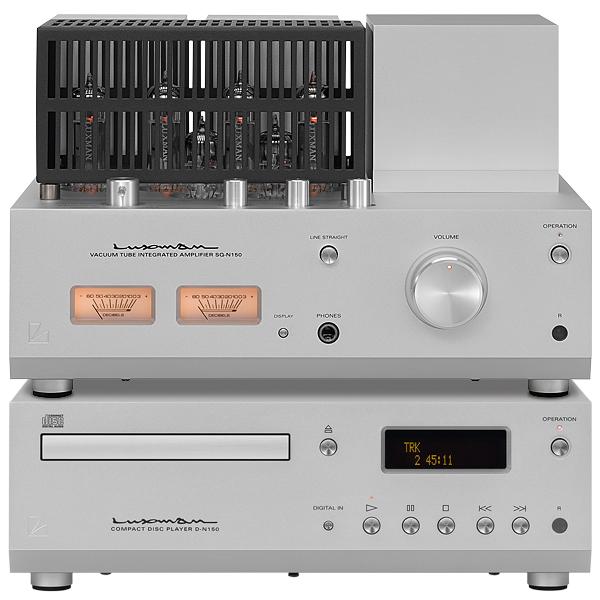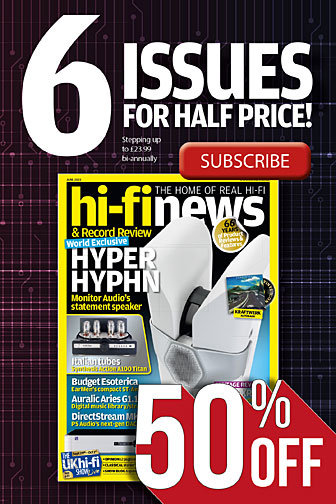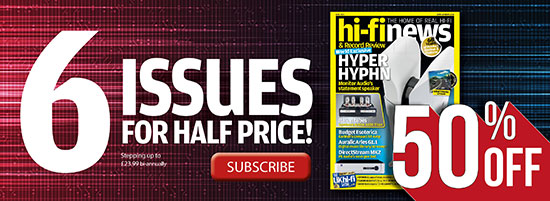Pre/Power Amplifiers
Sort By: Post DateTitle Publish Date
|
Feb 14, 2023 |
First Published: Jul 01, 2003
|
Aug 08, 2011
|
Nov 20, 2023
|
May 24, 2024
|
Apr 17, 2009
|
Jul 13, 2020
|
Sep 22, 2022
|
Jan 02, 2020
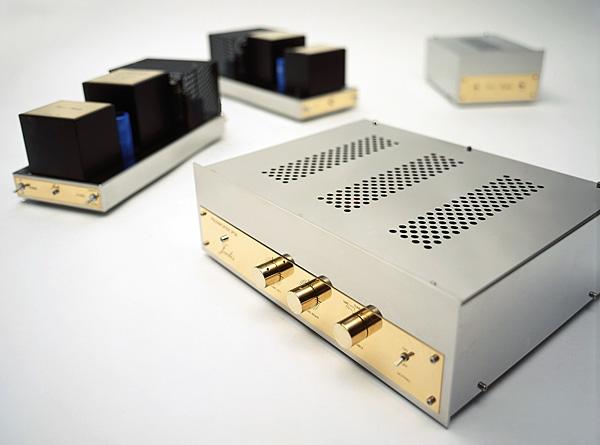
 These purist valve amps from France are still something special, reckons Ken Kessler, but first it's time to put your expectations to one side...
These purist valve amps from France are still something special, reckons Ken Kessler, but first it's time to put your expectations to one side...
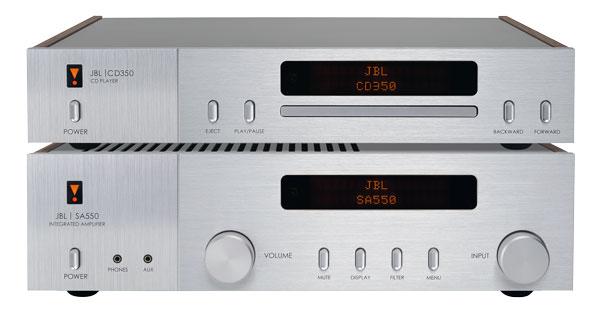
 With visuals inspired by JBL’s hi-fi products from the 1960s, the brand’s ‘Classic’ range of separates are populated by technology familiar to audiophiles some 60 years later...
With visuals inspired by JBL’s hi-fi products from the 1960s, the brand’s ‘Classic’ range of separates are populated by technology familiar to audiophiles some 60 years later...

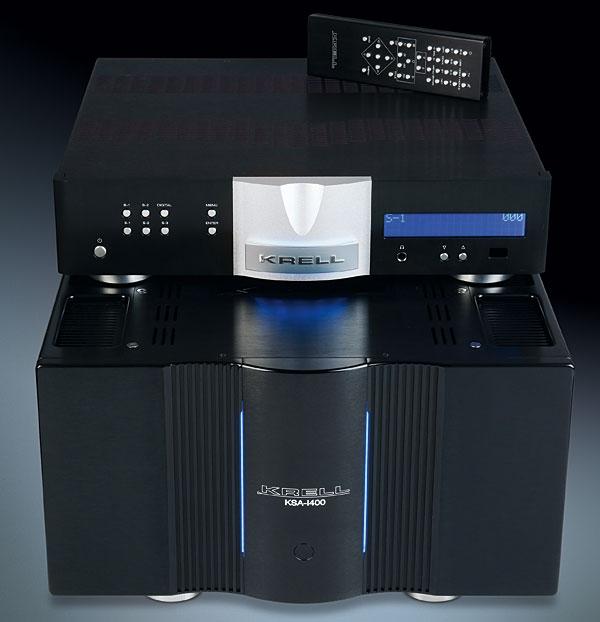
 Developed to celebrate Krell's 40th anniversary, the KSA-i400 combines all the brand's proprietary circuit ideas in one very powerful amplifier. We partner it with the Illusion II
Developed to celebrate Krell's 40th anniversary, the KSA-i400 combines all the brand's proprietary circuit ideas in one very powerful amplifier. We partner it with the Illusion II
